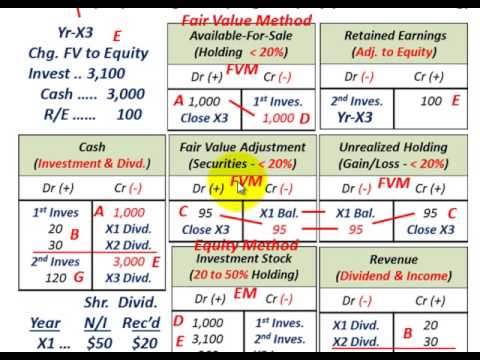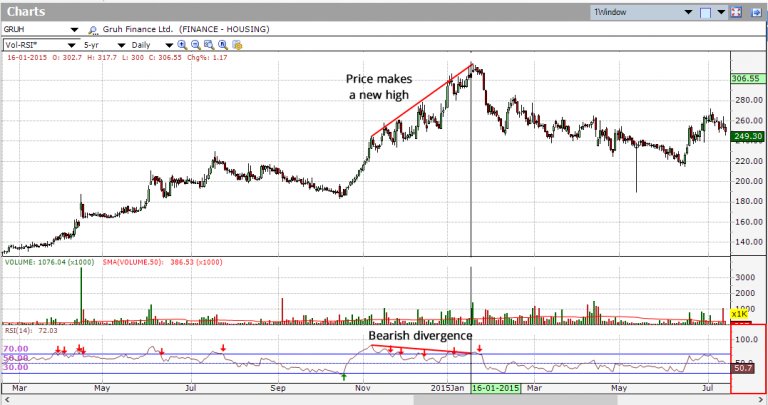Content

The term balance sheet refers to a financial statement that reports a company’s assets, liabilities, and shareholder equity at a specific point in time. Balance sheets provide the basis for computing rates of return for investors and evaluating a company’s capital structure. Along with the income statement and cash flow statement, the balance sheet is one of the most important tools for stakeholders to assess a company’s value and growth potential. It provides a snapshot of a company’s financial position through its assets, liabilities, and equity. Another way to analyse a balance sheet is to use ratios such as financial strength ratios and activity ratios.
At the beginning of a business, common shares value is equal to the amount invested in the company at its inception. When a company grows its earnings and produces a profit, it can appear in the balance sheet a retained earnings or be paid out to shareholders as a dividend. Guidelines for balance sheets of public business entities are given by the International Accounting Standards Board and numerous country-specific organizations/companies. You can list these formulas in your skills section to imply your knowledge of balance sheets, or you can list “financial statements” as a skill on its own.
Vertical Balance Sheets
While they may seem similar, the current portion of long-term debt is specifically the portion due within this year of a piece of debt that has a maturity of more than one year. For example, if a company takes on a bank loan to be paid off in 5-years, this account will include the portion of that loan due in the next year. This line item includes all of the company’s intangible fixed assets, which may or may not be identifiable. Identifiable intangible assets include patents, licenses, and secret formulas.

The statement shows a snapshot of what your company owns and owes as well as how much shareholders have invested in your business. Accountants and corporate finance teams are responsible for making balance sheets and other financial statements like cash flow statements. However, accountants and other financial team members also use these sheets to quickly calculate company performance metrics, like the current ratio. Incorporated businesses are required to include balance sheets, income statements, and cash flow statements in financial reports to shareholders and tax and regulatory authorities. Preparing balance sheets is optional for sole proprietorships and partnerships, but it’s useful for monitoring the health of the business.
Preparation of the Balance Sheet
You will need to tally up all your assets of the company on the balance sheet as of that date. Accountants, bookkeepers, and financial analysts create balance sheets using accounting or planning software and ERP systems. By evaluating your balance sheet, you can dig deep into where you stand financially. The snapshot gives you insight into your company’s overall stability so you can make smart and guided decisions. The storeowner will want to know the financial health of the business before planning for the year ahead or if thinking of expansion. A banker will need to see the balance sheet before deciding on extending credit terms or granting new facilities.
Assets, liabilities, and owner’s equity are each made up of many smaller accounts. Additionally, a company’s management, investors, competitors, and suppliers all seek to examine a firm’s balance sheet. For example, before considering whether to offer credit terms, a supplier needs to know how the buyer stands financially. The data and information included in a balance sheet can sometimes be manipulated by management in order to present a more favorable financial position for the company. Business owners use these financial ratios to assess the profitability, solvency, liquidity, and turnover of a company and establish ways to improve the financial health of the company.

The balance sheets also reveal the value of assets, shareholders’ equity, and how much a company owes to others (liabilities). A further look into C Corporation’s assets and liabilities shows its current assets, fixed assets, and the money it has to pay in the short and long run. A balance sheet is a report or statement containing all the assets, liabilities and shareholders’ equity owned by a business at a specific time. Balance sheet is important in financial accounting, it is the financial statement that contains the details of a company’s asset, equity and liabilities over a period of time time. This statement is also helpful in gaining insights to the capital structure of a business. Business, whether corporations, private limited company, sole proprietorship or business partnership must have balance sheets.
Balance Sheet Example
The balance sheet tells us what a company’s financial position is on a given date. In fact, many call it a ‘snapshot’ of the firm’s financial position at a point in time. It is helpful for business owners to prepare and review balance sheets in order to assess the financial health of their companies.
This means that the balance sheet should always balance, hence the name. If they don’t balance, there may be some problems, including incorrect or misplaced data, inventory or exchange rate errors, or miscalculations. Long-term assets are also referred to as “fixed assets” and include things that will have a long-standing value, such as land or equipment. Assets on a balance sheet or typically organized from top to bottom based on how easily the asset can be converted into cash. This is called “liquidity.” The most “liquid” assets are at the top of the list and the least liquid are at the bottom of the list. Short-term loans (overdrafts), accounts payable (money owed to the suppliers), taxes, and dividends (profits distributed to shareholders).
What are the 3 types of balance sheets?
As opposed to an income statement which reports financial information over a period of time, a balance sheet is used to determine the health of a company on a specific day. Although the balance sheet is an invaluable piece of information for investors and analysts, there are some drawbacks. For this reason, a balance alone may not paint the full picture of a company’s financial health. A company usually must provide a balance sheet to a lender in order to secure a business loan. A company must also usually provide a balance sheet to private investors when attempting to secure private equity funding. In both cases, the external party wants to assess the financial health of a company, the creditworthiness of the business, and whether the company will be able to repay its short-term debts.
They can be divided into current liabilities and long-term liabilities. The balance sheet is used to assess the financial health of a company. Investors and lenders also use it to assess creditworthiness and the availability of assets for collateral.
All revenues the company generates in excess of its expenses will go into the shareholder equity account. These revenues will be balanced on the assets side, appearing as cash, investments, inventory, or other assets. The balance sheet is one of the three main financial statements of a business, along with the income statement and cash flow statement.
Financial ratio analysis is the main technique to analyze the information contained within a balance sheet. Like assets, you need to identify your liabilities which will include both current and long-term liabilities. As you can see, it starts with current assets, then the noncurrent, and the total of both. If the company wanted to, it could pay out all of that money to its shareholders through dividends. Like assets, liabilities can be classified as either current or noncurrent liabilities. Assets are anything the company owns that holds some quantifiable value, which means that they could be liquidated and turned into cash.
The balance sheet is one of the major financial statements that accountants use. The others are the income statement, the statement of stockholders’ equity, and the statement of cash flows. balance sheet definition in accounting In order to get a more accurate understanding of the company, business owners and investors should review other financial statements, such as the income statement and cash flow statement.
In other words, it will have $5,000 more cash, and what it owes will also rise by $5,000. A bank uses the information in a balance sheet to determine whether to lend a loan applicant money. The bank might also use it to decide whether to lend a borrower more money. A balance sheet is also different from an income statement in several ways, most notably the time frame it covers and the items included. Although balance sheets are important, they do have their limitations, and business owners must be aware of them. It is also helpful to pay attention to the footnotes in the balance sheets to check what accounting systems are being used and to look out for red flags.
- Additionally, you can use the description section for prior work or internship experience to talk about times when you created or used financial statements in a professional setting.
- They can be divided into current liabilities and long-term liabilities.
- Preparing balance sheets is optional for sole proprietorships and partnerships, but it’s useful for monitoring the health of the business.
- This is the sum of all shareholder money invested in the business and accumulated business profits.
Last, a balance sheet is subject to several areas of professional judgement that may materially impact the report. For example, accounts receivable must be continually assessed for impairment and adjusted to reflect potential uncollectible accounts. Without knowing which receivables a company is likely to actually receive, a company must make estimates and reflect their best guess as part of the balance sheet. Each category consists of several smaller accounts that break down the specifics of a company’s finances.
However, it is crucial to remember that balance sheets communicate information as of a specific date. A store running a negative balance sheet will be a warning to bankers and others. It is also a warning to the storeowner that the store is under pressure financially and that though the store may seem busy, they may need to adjust to keep a high profit margin over the long term.